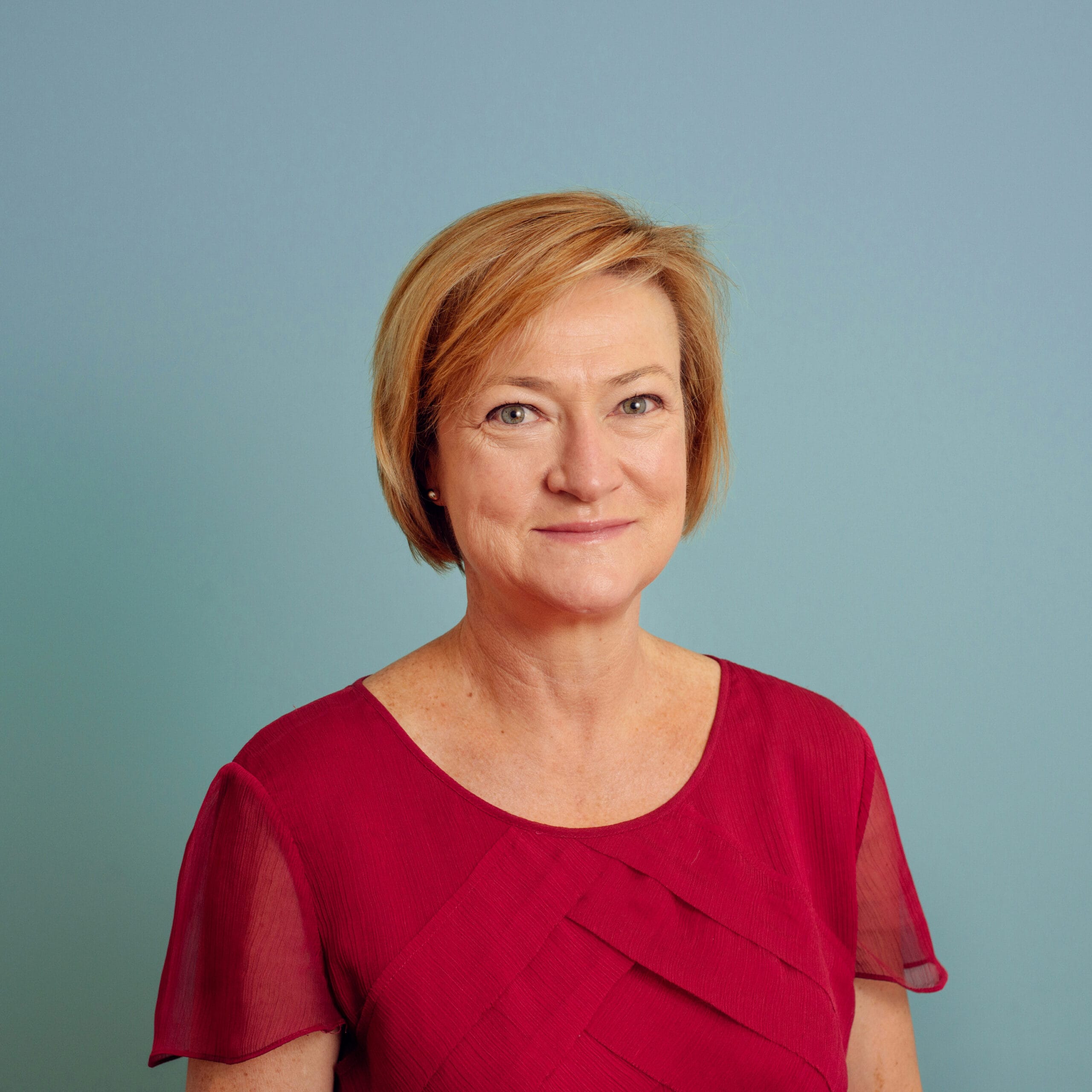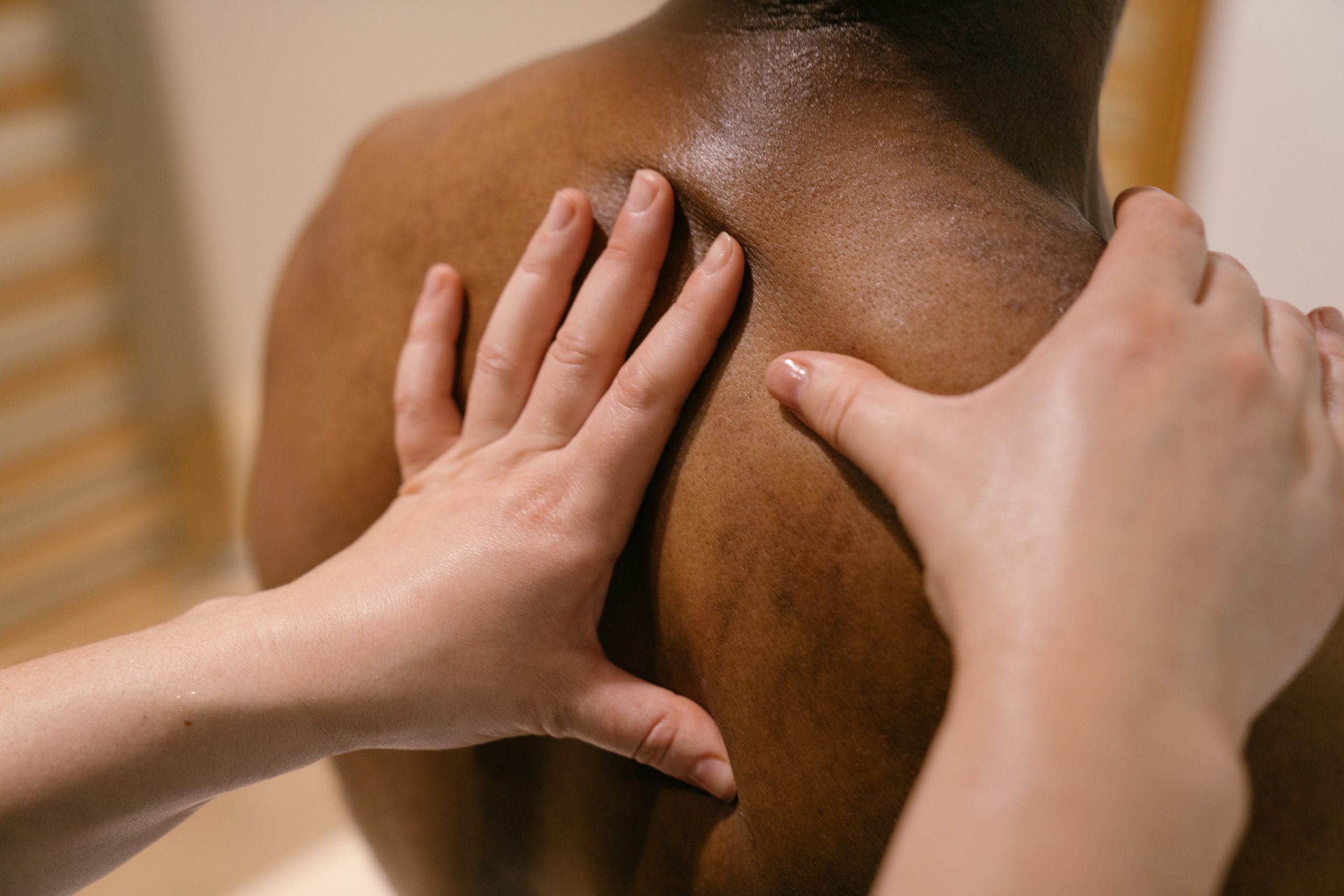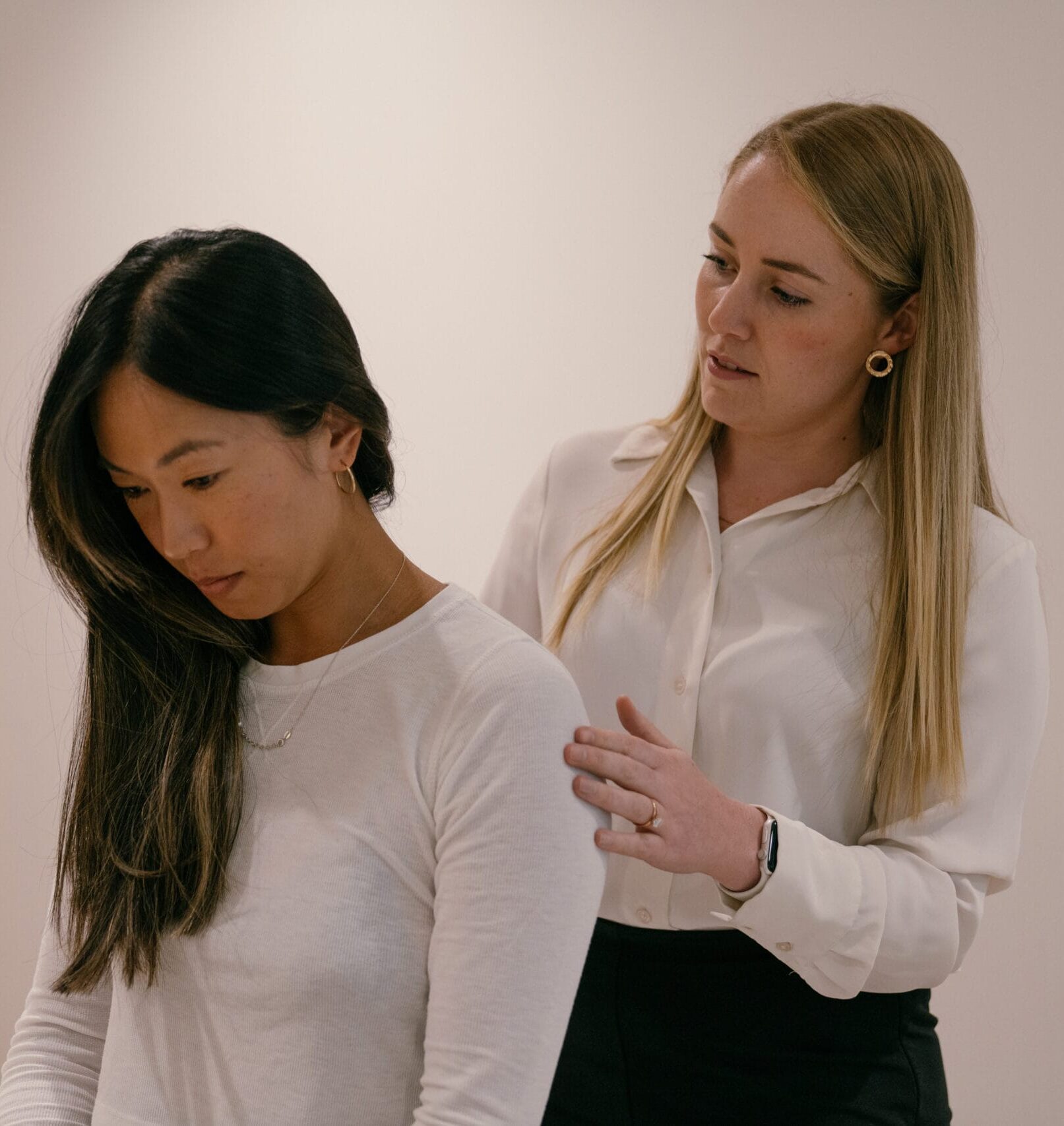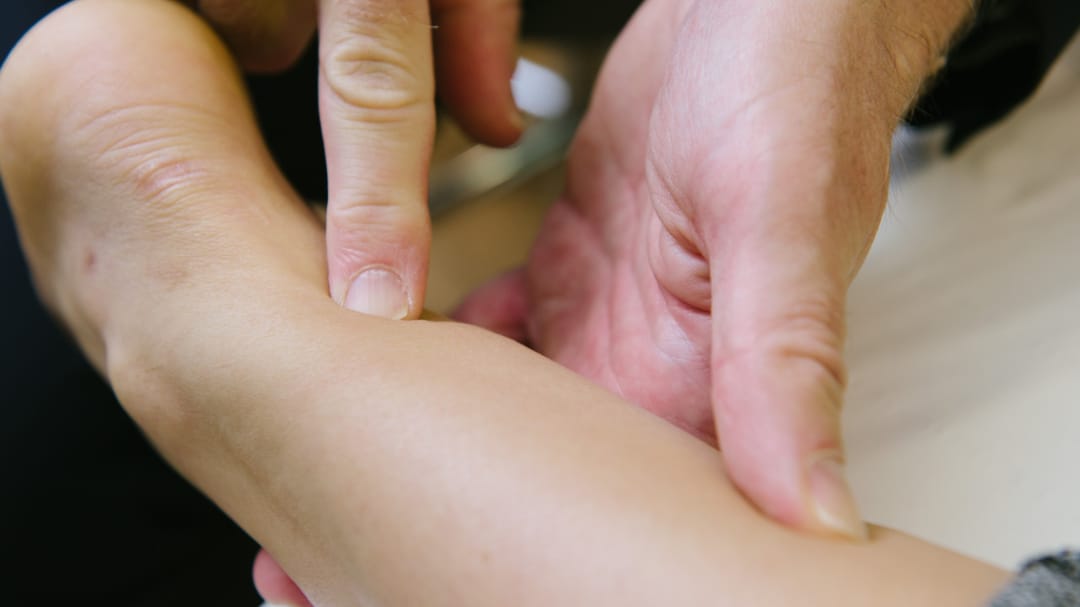Common Causes of Shoulder Pain

Claire Small
Chief Clinical Officer & Consultant Physiotherapist
- 15 November, 2019
- orthopaedic
- Pain Management
- 5 min read
Common Causes of Shoulder Pain

Shoulder pain is the third most common reported musculoskeletal condition in adults in the UK, with 3% attending a primary healthcare facility with shoulder pain every year. 70% of people will experience at least one episode of shoulder pain in their lifetime.
The glenohumeral joint (shoulder joint) is a ball and socket joint consisting of the glenoid arising from part of the scapula (shoulder blade) and the head of the humerus (upper arm bone). There is also a joint between the end of the clavicle (collarbone) and a bony protuberance called the acromion at the top of the scapula called the acromioclavicular joint.
The ends of the bones which articulate to form joints are covered in hyaline cartilage. This layer creates a smooth, low friction surface over which the bones move over one another. The nature of the glenohumeral joint with a shallow socket allows for a large range of motion into multiple different directions, meaning that it is possible to achieve motion into forwards, backwards, sideways and rotational directions.
Shoulder joint stability is enhanced by the presence of a fibrocartilage ring called the labrum, which deepens the socket. It also gains extra reinforcement from the capsule and surrounding ligaments. The synovial membrane deep to the capsule secretes lubricating synovial fluid to keep the joint moving smoothly and the joint surfaces nourished.
The deep layer of muscles provides further stability, and the most significant of these make up the rotator cuff group, which consists of four muscles arising from the scapula and connecting to the top of the humerus. The more superficial muscles include the deltoids, biceps, triceps, pectorals and trapezius muscles, and these are more responsible for movement at the joint.
Rotator Cuff Tendinopathy
Tendinopathies of the rotator cuff can come about through overload or degenerative changes. Overload injuries commonly occur when an unusual activity is carried out for the muscles/tendons have not been conditioned.
An example of this could be clearing out the shed over a weekend or travelling abroad and carrying a heavy suitcase. This can lead to acute irritation and micro-trauma of the tendon tissue, giving rise to pain and inflammation.
As we age, as well as joint degeneration occurring, which we commonly known as osteoarthritis, tendons also change and become less resilient. Gradual micro-trauma and disrepair can reach a threshold and lead to a gradual onset of pain and loss of function. These cases are less likely to be related to a particular injury or activity.
Impingement
Impingement occurs when soft tissue, most commonly the supraspinatus tendon (one of the rotator cuff muscles) or the bursa (a fluid filled sack which sits between tendon and bone to reduce friction) is pinched during motion of the shoulder. This may arise from suboptimal posture, leading to a muscle imbalance between the chest muscles and back muscles, pulling the shoulder further forward and creating a smaller gap for the soft tissue.
There can also be anatomical causes of impingement, such as a downward-sloping clavicle, leading to a smaller gap for the soft tissue as the shoulder moves. Often, structures becoming irritated and inflamed further reduce the space and can worsen symptoms if not treated.
Adhesive Capsulitis (Frozen Shoulder)
Adhesive capsulitis occurs when the joint capsule becomes thickened and scarred and shrinks around the joint.
The condition will go through three stages:
- Freezing/painful stage with resultant gradual loss of movement. The pain tends to affect sleep, and there is a particular loss of abduction (sideways motion) and rotational movements, including reaching behind one’s back.
- The frozen stage is where pain tends to reduce somewhat, but marked stiffness and loss of function remain.
- Thawing stage, where movement and function are gradually regained.
The entire process can take up to two years. The cause of adhesive capsulitis is unclear, but risk factors include being over 40 years of age, recent surgery or injury, and being diabetic (10-20% of people with diabetes experience this condition). It is also more likely to occur in women, with 70% of sufferers being female.

Osteoarthritis
Osteoarthritis can occur at the glenohumeral (shoulder) joint and the acromioclavicular joint (joint at the top of the shoulder). It is an age-related process which leads to a thinning of the hyaline cartilage, synovial changes and bony irregularity caused by the body’s attempt to lay down extra bone to heal the overloaded joint surfaces.
This can result in pain, stiffness and loss of function. This often leads to weakness and tightness of the surrounding muscles, which can cause further overload to the joint. Pain caused by osteoarthritis often comes on gradually as a vague local ache and can be associated with morning stiffness of the joints as well as a feeling or sound of crepitus (grinding or clicking).
Although this blog has discussed the most common shoulder complaints, pain can arise due to other conditions, including inflammatory arthritis, shoulder instability, other muscle or tendon injuries or referral from the neck, to name a few.
Here at Pure Sports Medicine, we have a huge amount of collective experience in assessing and treating shoulder pain, tailoring our approach appropriately for each individual.
- Consultants in Sport, Exercise and Musculoskeletal Medicine (SEM) carry out a physical assessment and can perform in-house ultrasound scanning and injection therapy. They can also organise blood tests or MRI scans, if required. Additionally, our Consultants work very closely with London’s top surgeons to seek opinions should this route be necessary for your recovery.
- Physiotherapists carry out a clinical assessment and can formulate treatment plans incorporating hands-on treatment as well as exercise therapy to address issues with posture, stiffness, tightness and weakness in order to optimise biomechanics and promote healing of damaged structures and prevention of future pain.
- Osteopaths will perform a holistic assessment of posture and may utilise manipulation or mobilisation therapy on joints alongside soft tissue techniques and advice on posture and exercise.
- Soft Tissue Therapists are experts in their field of working on muscle tightness and restriction, which may be overloading certain structures and inhibiting other muscles from working, resulting in poor posture or biomechanics. Soft tissue therapy is also very helpful for easing pain and swelling.
- Pilates Instructors have the ability to work one-to-one with patients in order to optimise the nuances of their core muscle strength, posture and day-to-day function. This discipline is also known to have a positive effect on the quality and benefit of other exercises and activities.
- Strength and Conditioning Coaches are an excellent option for patients who have low levels of pain and moderate to good function and wish to focus on returning to high levels of function in relation to sport or exercise. They will tailor an exercise programme working on sports specific movements and strengthening and progress this accordingly to facilitate the achievement of high level goals.
Often, a combined approach of two or more professions yields the best outcome for a wide range of shoulder complaints.
If you are suffering from shoulder pain and would like to see one of our Specialists, please contact your closest clinic here.

Advice
Over the last 20+ years our experts have helped more than 100,000 patients, but we don’t stop there. We also like to share our knowledge and insight to help people lead healthier lives, and here you will find our extensive library of advice on a variety of topics to help you do the same.
OUR ADVICE HUBS See all Advice Hubs

